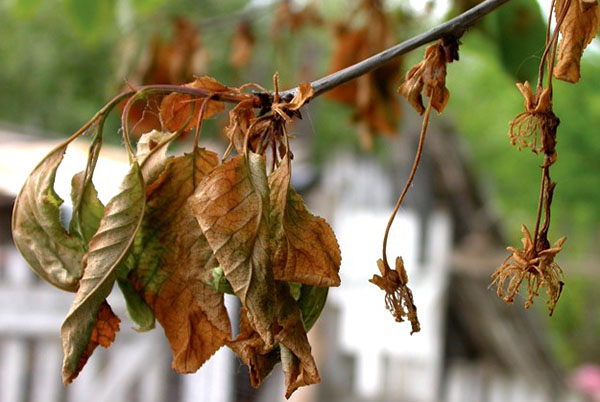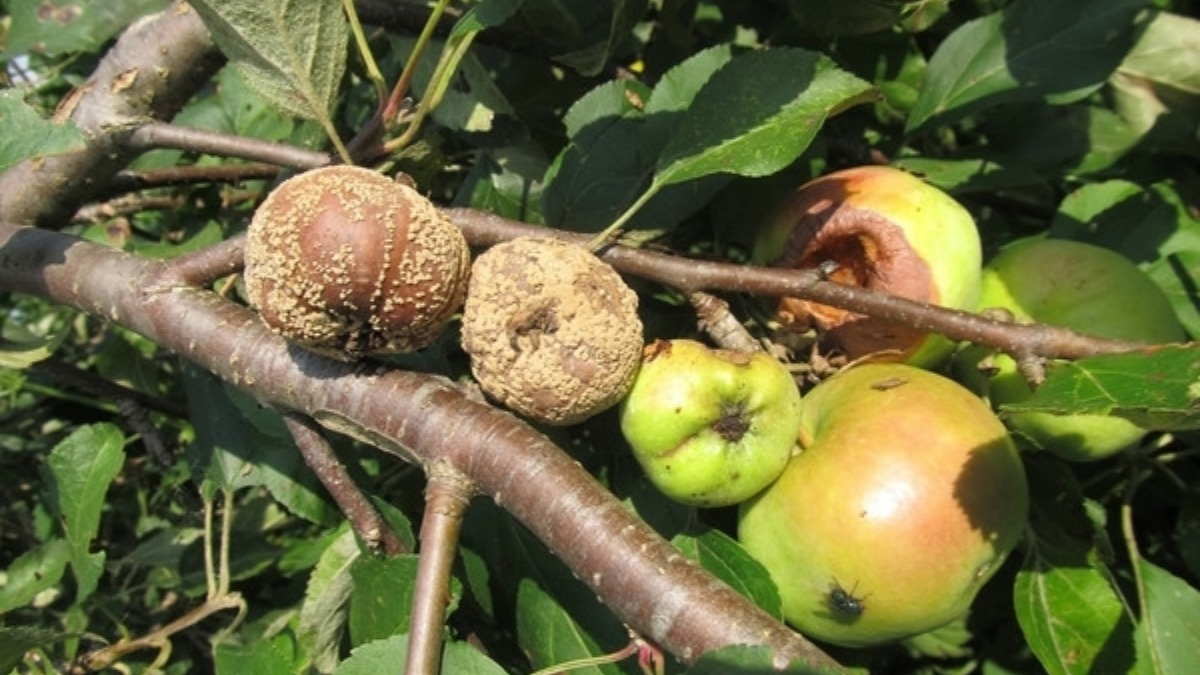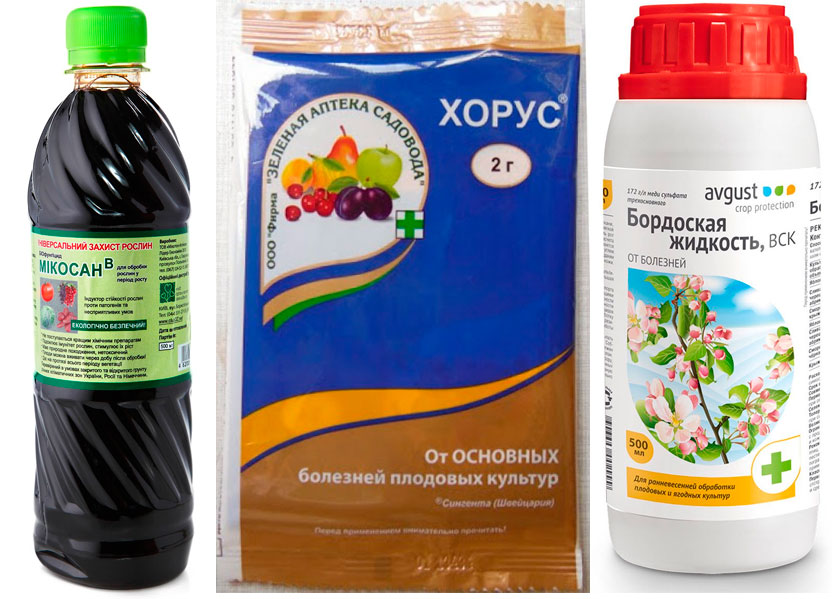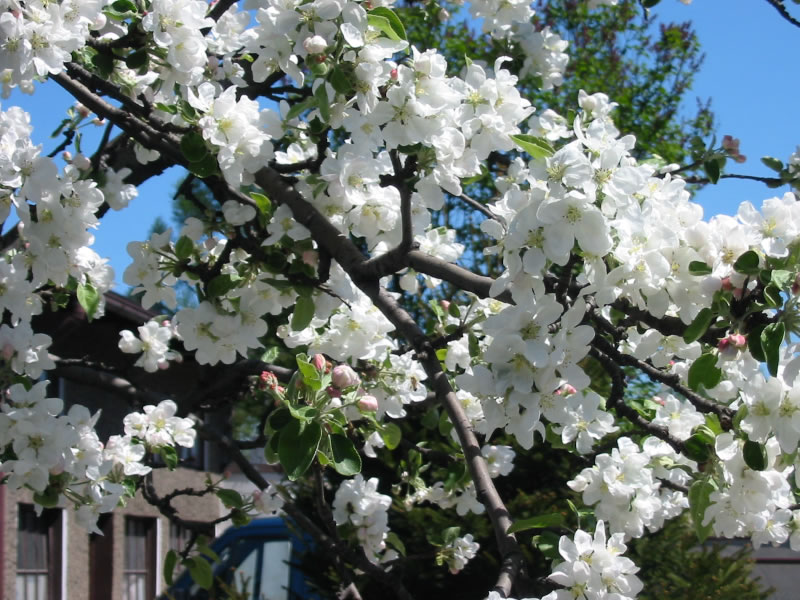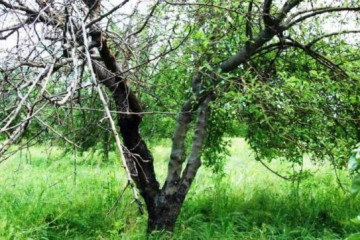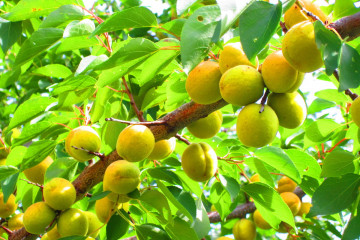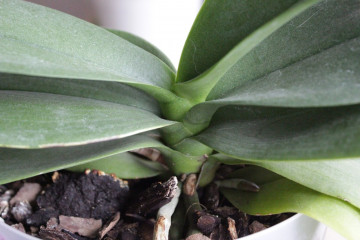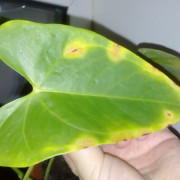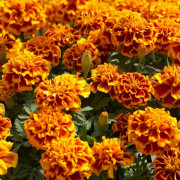Apple moniliosis - causes and measures to combat the disease
Content:
- The causative agent of moniliosis
- Forms of the disease
- Stages of development of moniliosis
- Features of the development of the disease
- Conditions and provoking factors
- Infection routes
- Symptoms
- The danger of fruit rot for the apple tree
- Methods for protecting trees from moniliosis
- Treating infected trees
- Schemes and terms of tree processing
- Timing of getting rid of fruit rot
- Disease Resistant Apple Varieties
Moniliosis is a fungal disease that causes significant damage to the crop. Apples ripened on an infected tree continue to rot with fungus even during storage. Apple moniliosis is a common disease, and the difficulty of dealing with it is that the fungal spores of the pathogen do not die even in winter, under the influence of low temperatures.
The causative agent of moniliosis
The disease is caused by the fungus Monilia, which has two subspecies - fructigena and cinerea.
Forms of the disease
Depending on which type of fungus became the causative agent of moniliosis, two types of disease are distinguished - fruit rot and monilial burn.
Fruit rot
Fruit rot on an apple tree is triggered by the fungus fructigena. Features and characteristics of the disease:
- extensive distribution;
- provokes fruit rotting;
- the way of penetration is through cracks in the skin;
- the main feature is the appearance of brown spots on the fruits, 2-3 mm in diameter;
- the incubation period is 5 days.
Monilial burn
Monilial apple burn is caused by the cinerea fungus. The disease is widespread in the southern regions and the Far East. The fungus affects inflorescences, shoots and ovaries. If the disease is not treated in time, about 85% of the crop dies.
Stages of development of moniliosis
Moniliosis develops gradually, but quickly, passing through two stages.
Conidial stage
The period when the tree is in the active fruiting stage. Fungal spores quickly infect the entire tree. They look like small gray bumps. They contain conidia.
Sclerocial stage
The stage when the fungus is dormant, hibernating in the bark of a tree or on fruits that have not been removed from the tree and have been mummified.
Features of the development of the disease
Knowing how the disease develops, what factors lead to the appearance of the fungus, and what are the main symptoms of infection, you can prevent or see moniliosis in time, which will greatly help in the fight against it.
Conditions and provoking factors
The following weather conditions are suitable for the appearance of a pathogenic microorganism on a tree:
- temperature + 13 ... + 15 degrees;
- humidity level - more than 90%;
- weather - fog, rain, abundant dew.
The peak of the fungus activity occurs in the second half of summer, with a humidity of about 75% and a temperature of + 25 ... + 28 degrees.
Infection routes
The route of infection is mechanical:
- damage to the integrity of the peel of the fruit or the bark of the tree by insects;
- contact of branches of healthy and infected plants;
- the presence of other diseases of the fungal breed on the apple tree.
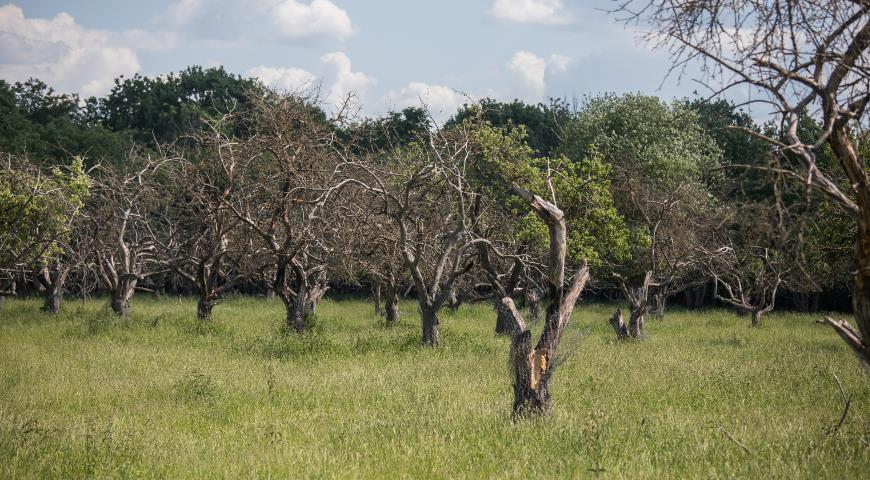
If the trees grow close and touch each other with branches, it is unlikely that it will be possible to avoid the disease.
Symptoms
The symptoms of the disease, depending on its form, have their own special manifestations. The main symptoms of fruit rot on an apple tree:
- the appearance on the fetus of a small brown spot with a diameter of about 2 mm;
- the pulp is soft, brown;
- purulent foci are present on the fruits;
- the spot gradually increases, taking up more than half of the fruit;
- white blotches appear on purulent foci, their appearance indicates the multiplication of fungal spores.
Description of the symptoms of monilial burn:
- flowers acquire a rich brown or black hue;
- ovaries dry and fall off;
- the branches turn brown and curl, look as if charred, but do not fall off.
First, fruit rot appears on the tree, and if it is not treated, it turns into a monilial burn. This is how the whole tree becomes infected, which can quickly die.
The danger of fruit rot for the apple tree
If you do not fight moniliosis in a timely manner, the fungus will infect the entire tree. There will be practically no harvest, and those fruits that manage to ripen will be unusable. Over time, the entire tree will die, in which, due to the active vital activity of the fungus, all biochemical processes will be disrupted, and therefore it will dry out.
Methods for protecting trees from moniliosis
Prevention of moniliosis consists in proper tree care. A disease that has arisen once, with a high degree of probability, will return again, therefore it is necessary to protect the garden from re-infection. The correct agricultural technique plays an important role:
- selection of varieties resistant to fungus;
- keeping the distance between trees about 3 m;
- regular spraying of plants with fungicides;
- collection and destruction of fallen branches and fruits in the fall;
- timely disposal of trees from other diseases and pests.
Preventive measures begin in early spring. Trees are carefully examined and if there are signs of fungus, they should be immediately treated with chemicals.
Treating infected trees
The methods for getting rid of moniliosis depend on how extensively the tree is damaged. In the early stages of infection, it is possible to use folk recipes. But if the fungus has begun to actively spread, only chemicals will help.
Mechanical removal of damaged parts
The first step towards healing a tree is to remove all damaged parts (fruits, branches, leaves, flowers). They must be burned immediately so that fungal spores do not spread from them.
Chemical fungicides
The surest way to get rid of the fungus is to treat the tree with fungicides. Recommended drugs:
- Hom is a systemic-local and contact fungicide. Used 2 times - when greenery appears and after the tree has faded. For 12 liters of water, 40 g of fungicide will be needed. For 1 tree - 5 liters of the prepared mixture.
- Horus - has a systemic effect. For 10 liters of water, you need 2 g of the substance. Processing 2 times, with an interval of 10 days.
- Bordeaux mixture is a broad-spectrum drug. Processing is carried out 6 times, every 2 weeks.
Biological preparations
The most effective biological agents:
- Alirin;
- Mikosan;
- Fitosporin.
The principle of action of biological drugs is that they have a destructive effect on the fungal structure.
Traditional methods
Measures to combat apple moniliosis can be gentle.Folk recipes are used if the disease is at an early stage, and infection is present only on single fruits. Recommended recipes:
- Dissolve 40 drops of iodine in 1 bucket of water, mix.
- Add 50 g of crushed laundry soap and 2 liters of kerosene to 1 water. Before use, the prepared solution must be diluted with water in a ratio of 1 to 2.
Schemes and terms of tree processing
The presence of the disease can be determined in March - April. And immediately you need to start processing trees. A chemical or biological treatment is done every 14 days until the growing season ends.
Timing of getting rid of fruit rot
The rate of elimination of moniliosis from an apple tree depends on the degree of damage to the tree and on what drugs are used. On average, it takes 1 to 2 months to heal the plant. But this does not mean that the disease will completely disappear. Therefore, we must not forget about the need for annual seasonal prophylaxis.
Disease Resistant Apple Varieties
In regions with a humid climate, where the likelihood of moniliosis is high, it is necessary to choose varieties that have a high resistance to fungal disease. These varieties include:
- Jonathan;
- Reneth;
- Idared;
- Pepin is saffron;
- Florina.
Moniliosis is a fungal disease that leads to the destruction of the crop, and then the entire tree. It occurs more often in regions with a humid climate. Getting rid of the fungus is problematic; a systematic approach is required. It is easier to prevent infestation of apple trees by providing them with proper care.

